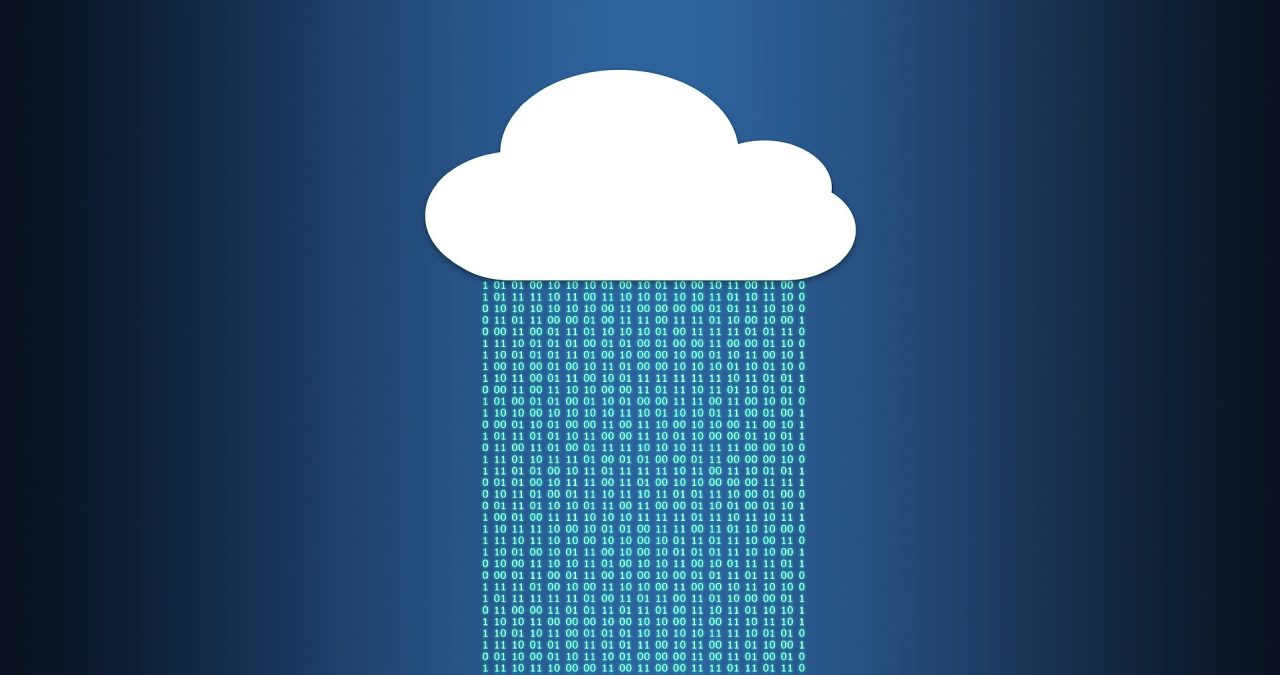Digital transformation is accelerating in all industries and sectors. Cloud computing has played a key role in helping companies modernize their IT infrastructure. Also to improve security and develop new and innovative ways to serve your customers. The two options most used by companies are the hybrid cloud and multi-cloud environments, but what is the difference between hybrid and multi-cloud.
At the forefront of this movement are some of the biggest names in technology, including Microsoft or IBM. This means that not only is the market fiercely competitive, but companies have plenty of options to choose from.
Table of Contents
Difference Between Multi-Cloud And Hybrid Cloud Environments
In addition to this, the flexibility of cloud computing means that customers are not limited to a single provider. This is where the hybrid cloud and multi-cloud environments have become important. The distinction between the two is largely due to private and public cloud services. Private services are internal, local infrastructure, or managed IT services, while public cloud is a staple product provided by companies like Microsoft.
Hybrid Cloud
The hybrid cloud, as the name implies, is a mix of public and private clouds. Services like software execution can use the public cloud, while things like inactive data can live inside the private cloud. Often the reason for using this format has to do with the need to balance flexibility with security, cost-effectiveness, and latency.
However, it may be cheaper to activate some instances of the cloud for a limited time development project and deactivate them when they are no longer needed. On the other hand, long-term storage is usually cheaper in a private cloud than in a public one. Local laws may also restrict what information can be stored on a third-party service.
The hybrid cloud is typically a niche model, with some industry watchers claiming it was just one step on the road to the full public cloud. Among the pros of hybrid cloud is that companies are confident that confidential information can be stored within their data centers. In the cons, we have its administration difficulty and the arduous task of adapting the internal systems so that they work effectively with those of third parties. Security is also a problem that causes more major incidents than cloud-hosted applications.
Multi-Cloud Environment
Multi-cloud differs from hybrid cloud in that it uses multiple public cloud environments instead of the public-private mix. For example, an application in a multi-cloud environment can run all computing and networking activities on AWS while using Microsoft’s Azure database services. It is a complex way of operating, but it is growing rapidly in the business world.
Among the pros, we have that without being linked to a supplier, companies can operate and innovate at full speed. If we are linked to a host, we can find that, while it is excellent for some things, it may not be excellent for others, which in turn limits our ambitions. This also reduces the risk of vendor blocking, as companies won’t necessarily rely on vendor technology.
As for the cons, we have the obvious problem that in a multi-cloud environment, the “multi” part means paying. It is also true that the more you use, the more complicated it becomes. This could lead to mismanagement and lead to higher costs and business interruptions. Also worth mentioning is the fact that the more clouds we use, the more we will have to protect.
Also Read: What Is content://com.android.browser.home/ And It’s Advantages
